Boom
The first coal discovery in America by European settlers, back in the 1600s, wasn’t deep inside the green mountains of West Virginia. It was along the banks of a waterway that would someday be named the Illinois River. For much of the 19th and 20th centuries, the coal-mining industry thrived in the state’s southern section, which sits atop a 400-mile-long coal- and oil-rich geological formation called the Illinois Basin. At its peak in the 1920s, Illinois mines employed approximately 100,000 workers and produced 100 million tons of coal annually.
Jack McReynolds, who was born and raised in West Frankfort, Illinois (population 8,067), and worked in the region’s mines for 40 years, still recalls the hum of the 1960s. “It was the big game in town,” he says. “There were mines everywhere. In fact, at one time there were five mines right around the city limits of this town.”
Bust
While the fate of the coal industry has drawn signification attention in recent years, the most recent bust in Illinois actually dates back to the passage of Title IV of the Clean Air Act Amendments in 1990. The sulfur content in Illinois coal is particularly high, and the new regulations—which required power plants to limit their sulfur dioxide emissions—were devastating for the industry. Faced with a choice between installing expensive pollution-control equipment or switching to low-sulfur coal mined outside Illinois, power companies overwhelmingly chose the latter. Between 1990 and 2000, the state’s annual coal production declined from 61.7 million tons to 33.5 million tons, and industry employment plummeted from approximately 10,000 workers to fewer than 3,500.
Gary Bartolotti, who worked in southern Illinois mines for nearly three decades and now serves as the mayor of a small town named Christopher (population 2,300), says the region hasn’t recovered since the bust. “All of these towns were built around the coal mines,” he says. “Our economies were totally dependent on them. There is nothing else going on here.” Almost 20 percent of Christopher’s residents live below the poverty line. At the local public school, 59.6 percent of the students are classified as low-income. The town now pools its resources with other small towns nearby to fund its emergency dispatch services.
Uncertain Recovery
Between 2008 and 2016, national coal production dropped by approximately 37 percent, a decline that analysts have attributed to both environmental regulations and competition from cheap natural gas and alternative energy sources. In last year’s presidential election, small coal towns across the country voted overwhelmingly for the presidential candidate who promised, in no uncertain terms, to put coal miners back to work. Southern Illinois was no exception. In the 14 coal-producing counties in Illinois, Donald Trump won 61 percent of the vote.

(Photo: Peter Van Agtmael/Magnum Photos)
Phil Gonet, president of the Illinois Coal Association, a trade organization representing the state’s coal companies, is optimistic about the industry’s prospects under the Trump administration. Unlike in the Appalachian region, where extraction costs have been increasing in recent years, Illinois still has an ample supply of cheap, easy-to-extract coal. In fact, the state’s coal industry has experienced a recent resurgence as more power plants have installed the anti-pollution technology required to burn Illinois coal: Between 2010 and 2015, production increased from about 33 million tons to 56 million tons. Gonet expects further production increases in the coming years as more plants consider turning to the state’s lower-priced coal. “Trump’s going to stop the bleeding,” Gonet says. “Coal is not going away, at least in the next 20 years.”
But even if the industry does increase output, it will likely not be accompanied by the well-paying jobs and economic prosperity that coal towns desperately need. Technological advancements have dramatically reduced the manpower required to produce each ton of coal. “It used to be that in each coal-loading unit, there was about 15 men,” McReynolds says. “When we changed over to continuous mining, they could do with eight men. Then they went to long-wall mining—it’s all technology. And it used to be that, when you were hired in, the mine lasted 30 years. You had a job for life.” In 2015, Illinois managed to produce 91 percent of its 1990 output with only 41 percent of its 1990 workforce.
Bartolotti is well aware that the chances of sustained industry growth are low. “You drive up north to Peoria, you see these massive wind farms,” he says. “They’re supplying the system now. Or you see the power plants that have made the switch to natural gas. I don’t think they’re switching back.” Along with other mayors and leaders in the region, he is focusing on luring different industries to southern Illinois with tax incentives. Progress is slow. “You may try 20 businesses before you get one to succeed,” he says. “I don’t have the answers, but I know one thing: We need help. If we cannot get federal and state support in rural America … these towns are just dying out here.”

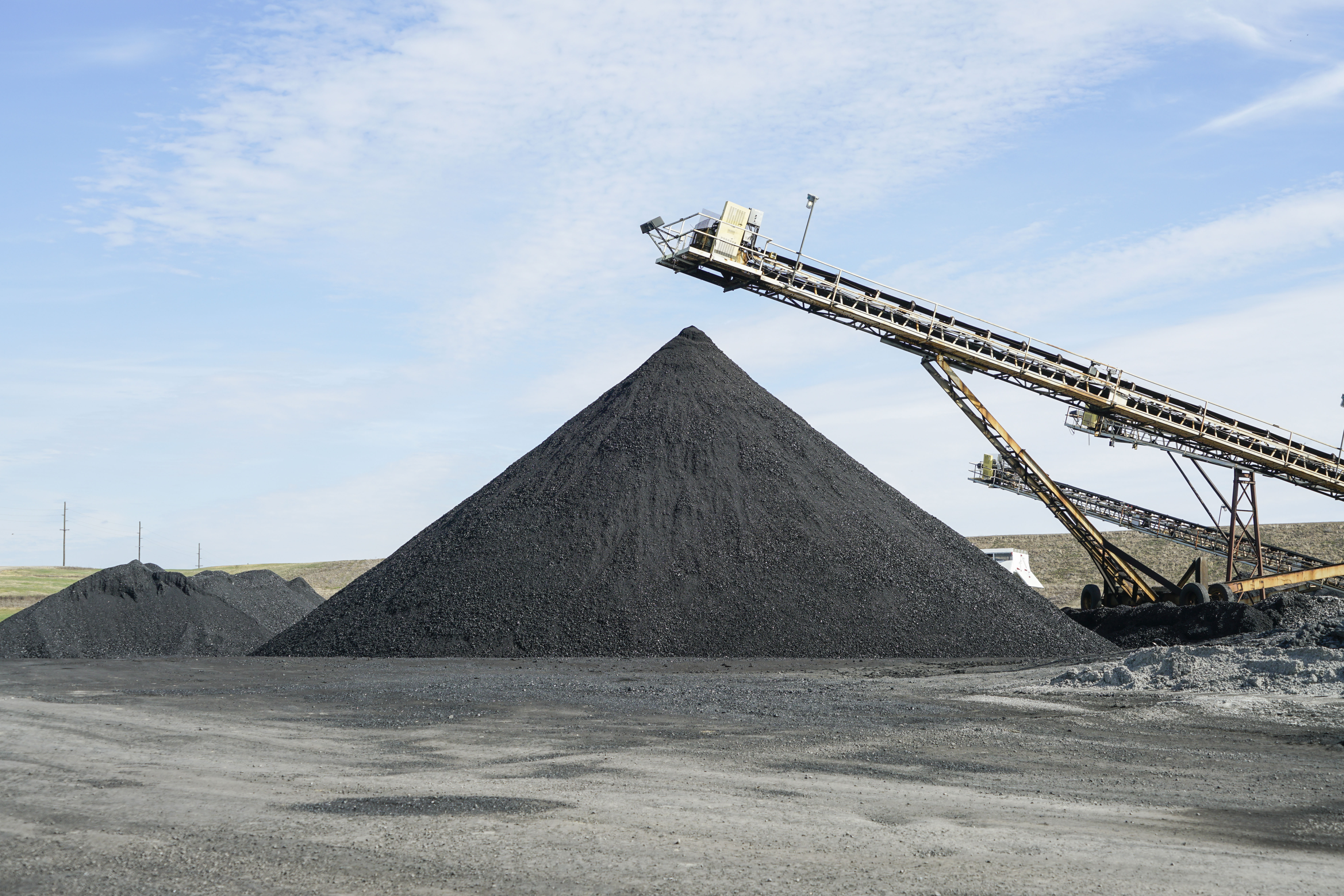
(Photo: Peter Van Agtmael/Magnum Photos)
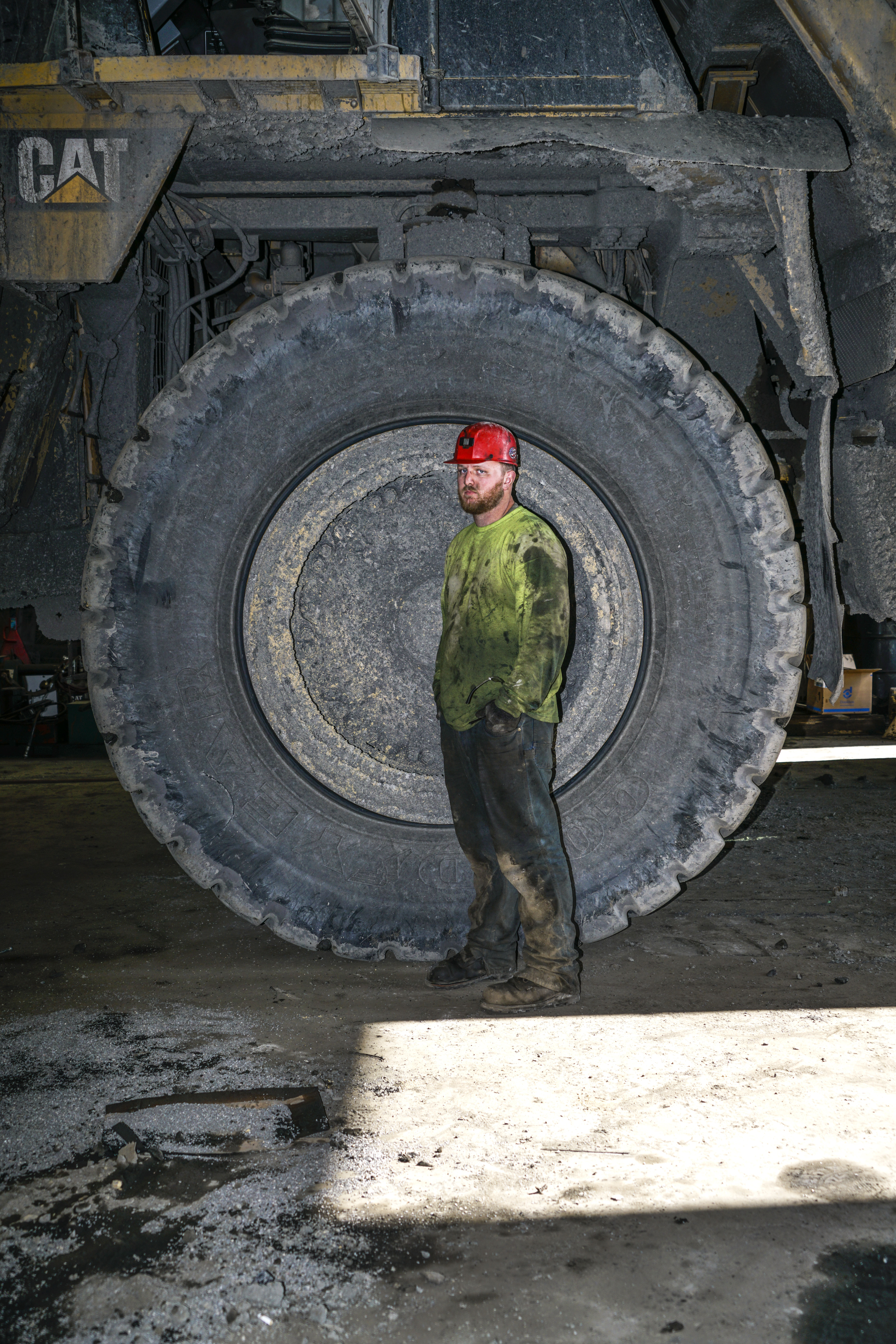
(Photo: Peter Van Agtmael/Magnum Photos)
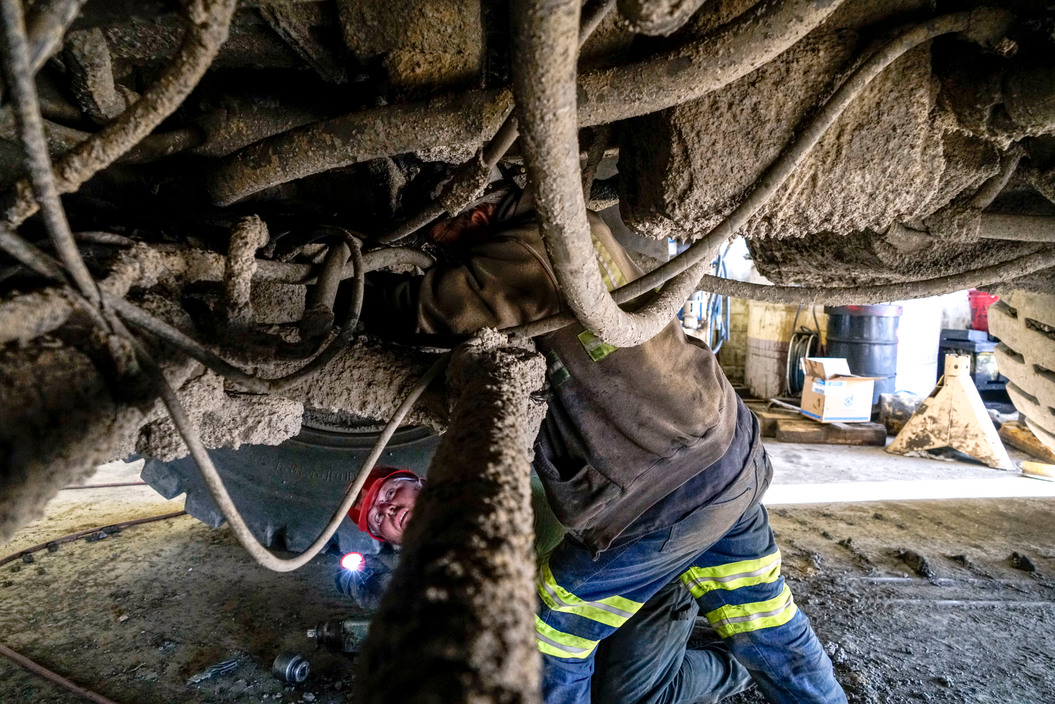
(Photo: Peter Van Agtmael/Magnum Photos)
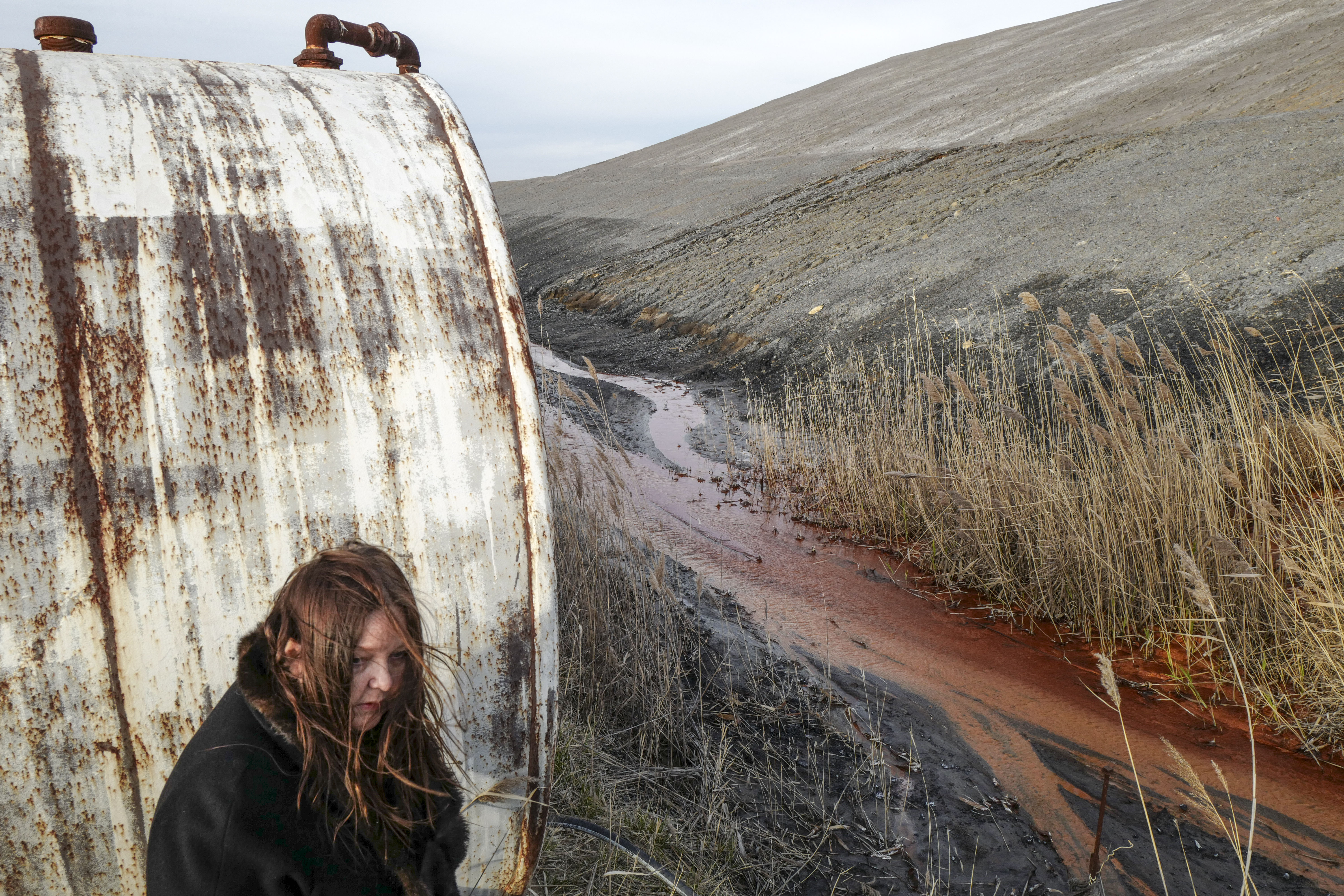
(Photo: Peter Van Agtmael/Magnum Photos)
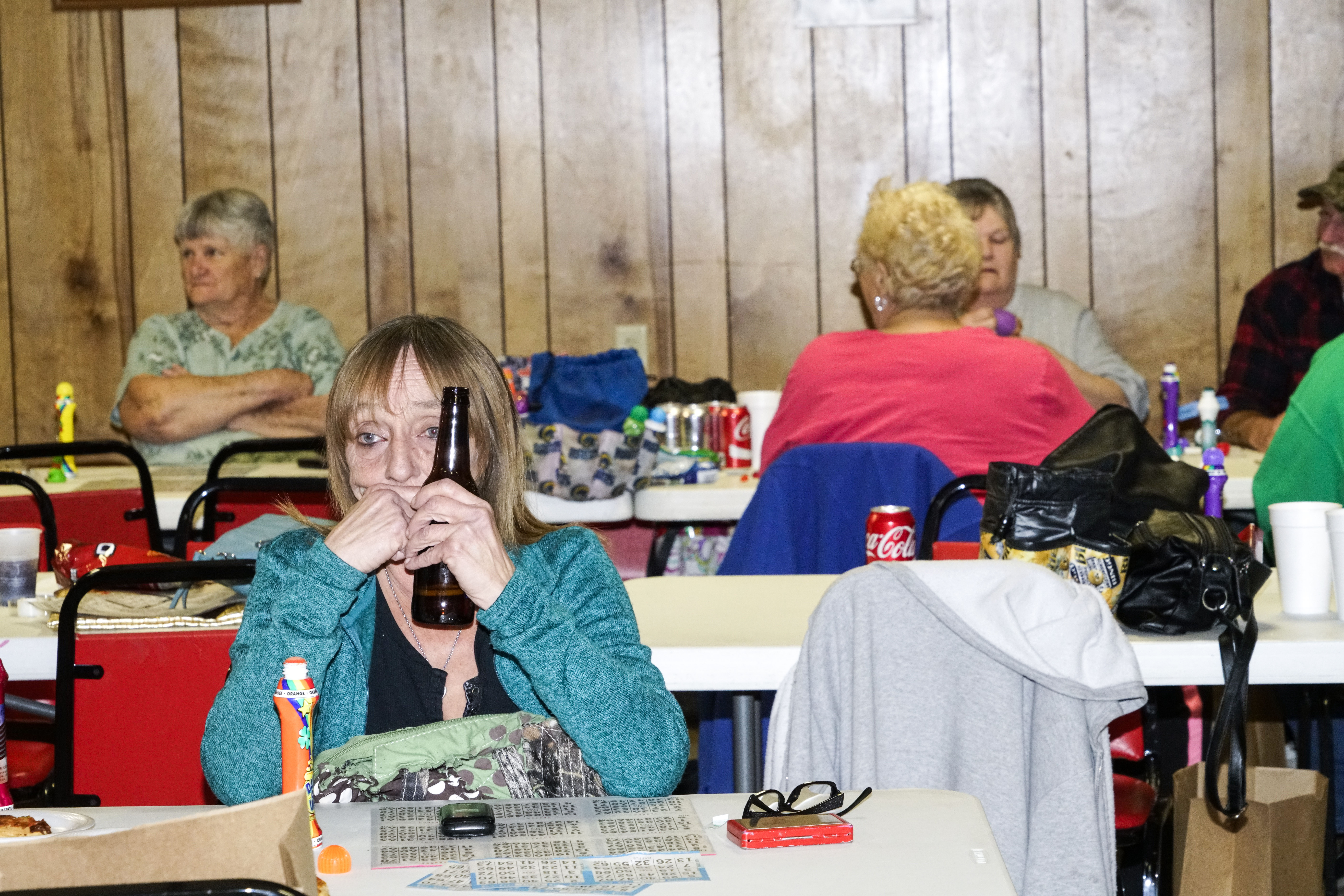
(Photo: Peter Van Agtmael/Magnum Photos)
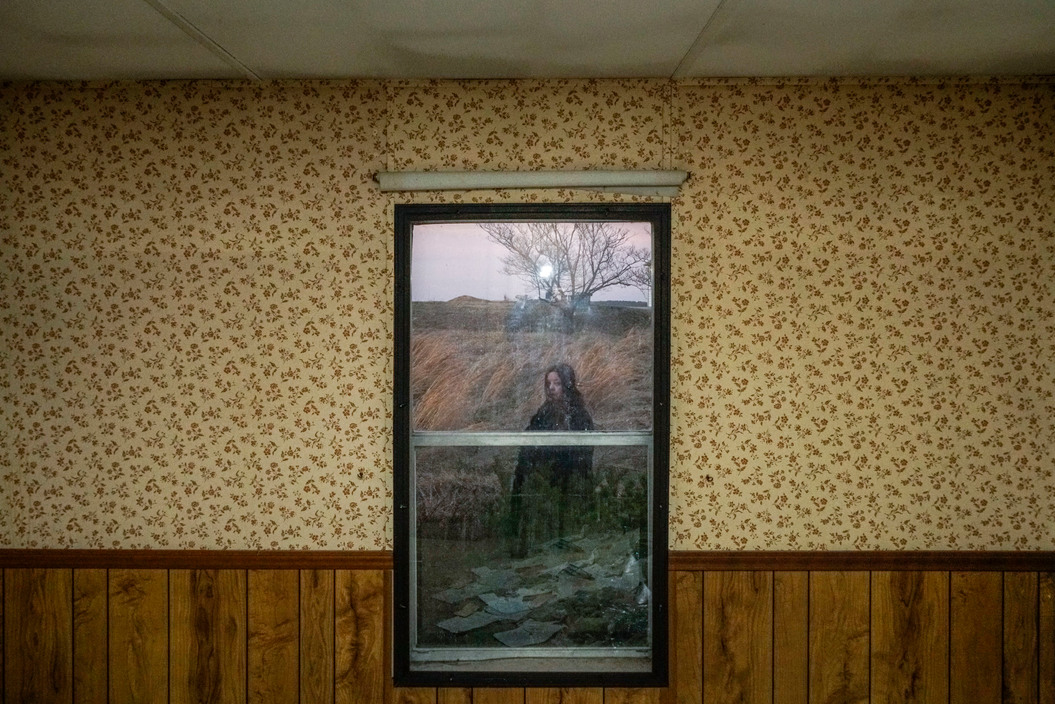
(Photo: Peter Van Agtmael/Magnum Photos)
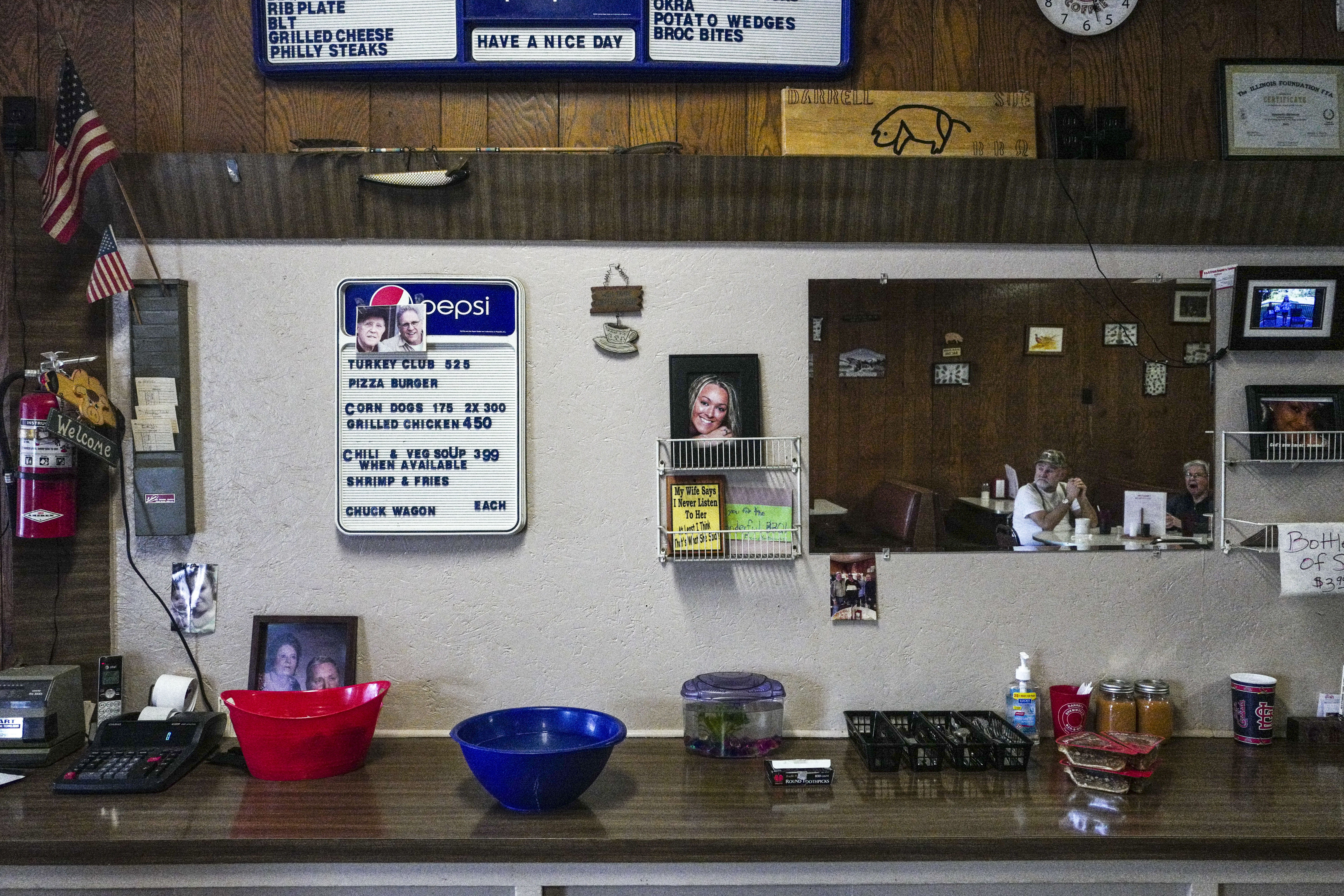
(Photo: Peter Van Agtmael/Magnum Photos)

(Photo: Peter Van Agtmael/Magnum Photos)

(Photo: Peter Van Agtmael/Magnum Photos)

(Photo: Peter Van Agtmael/Magnum Photos)
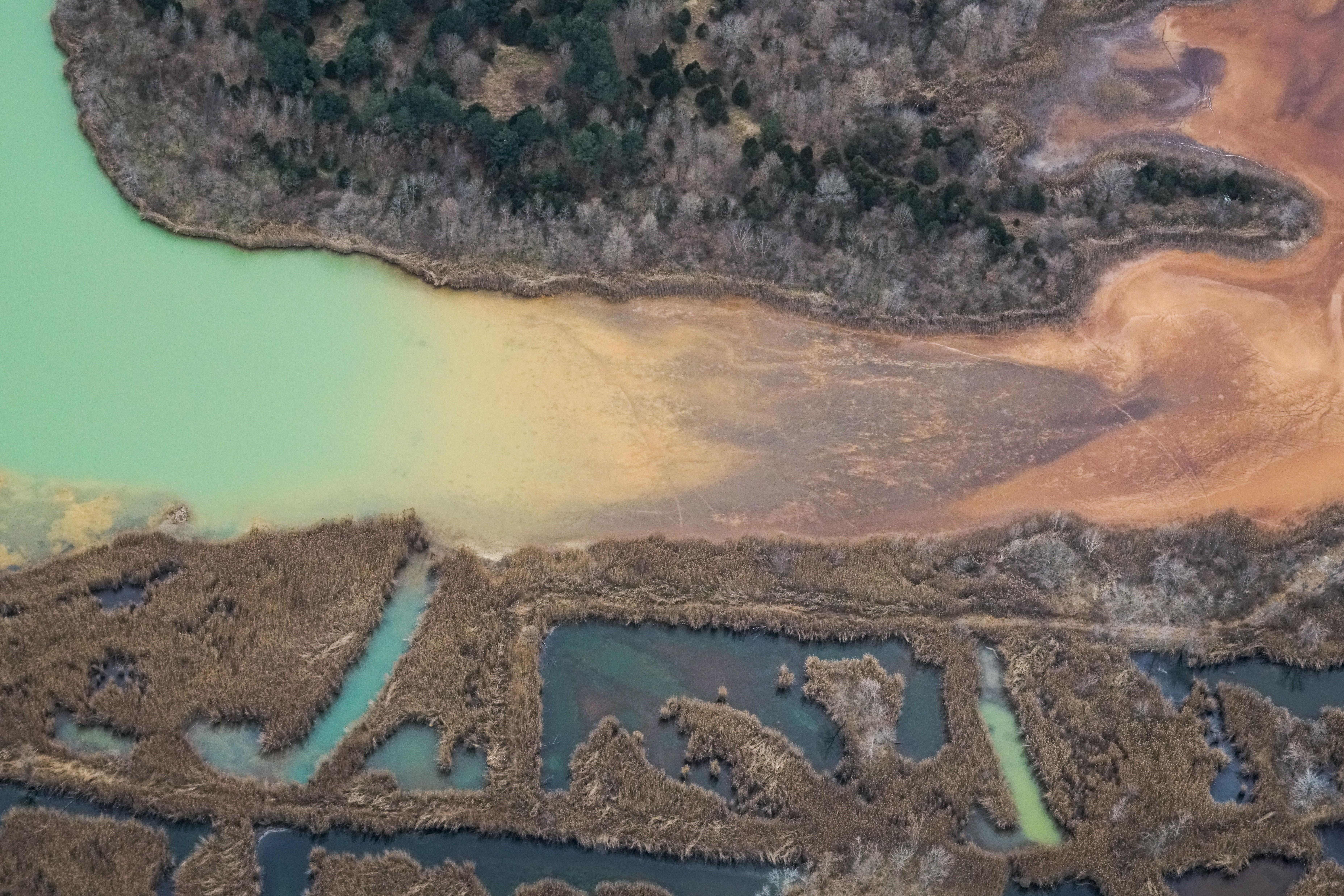
(Photo: Peter Van Agtmael/Magnum Photos)
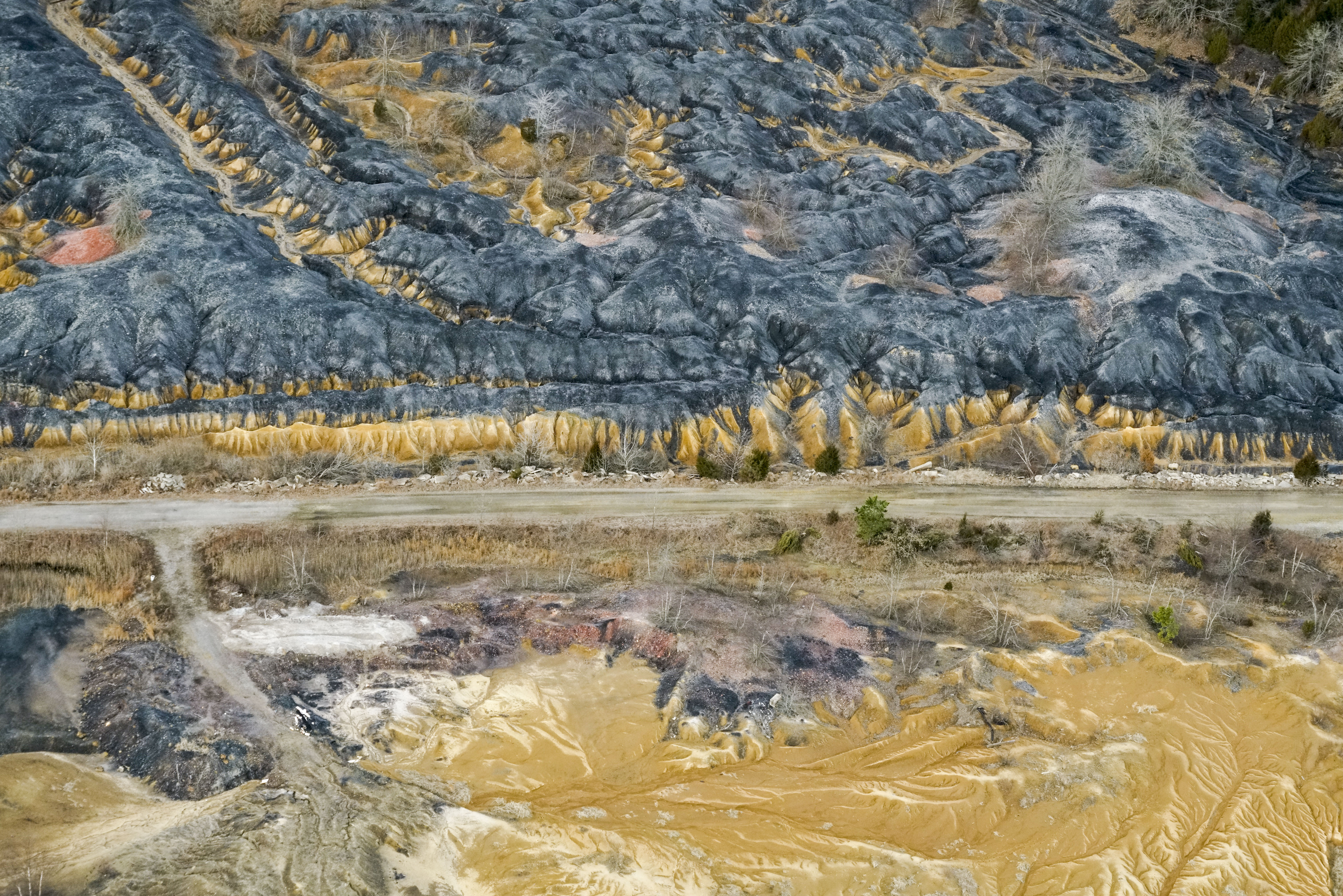
(Photo: Peter Van Agtmael/Magnum Photos)

(Photo: Peter Van Agtmael/Magnum Photos)
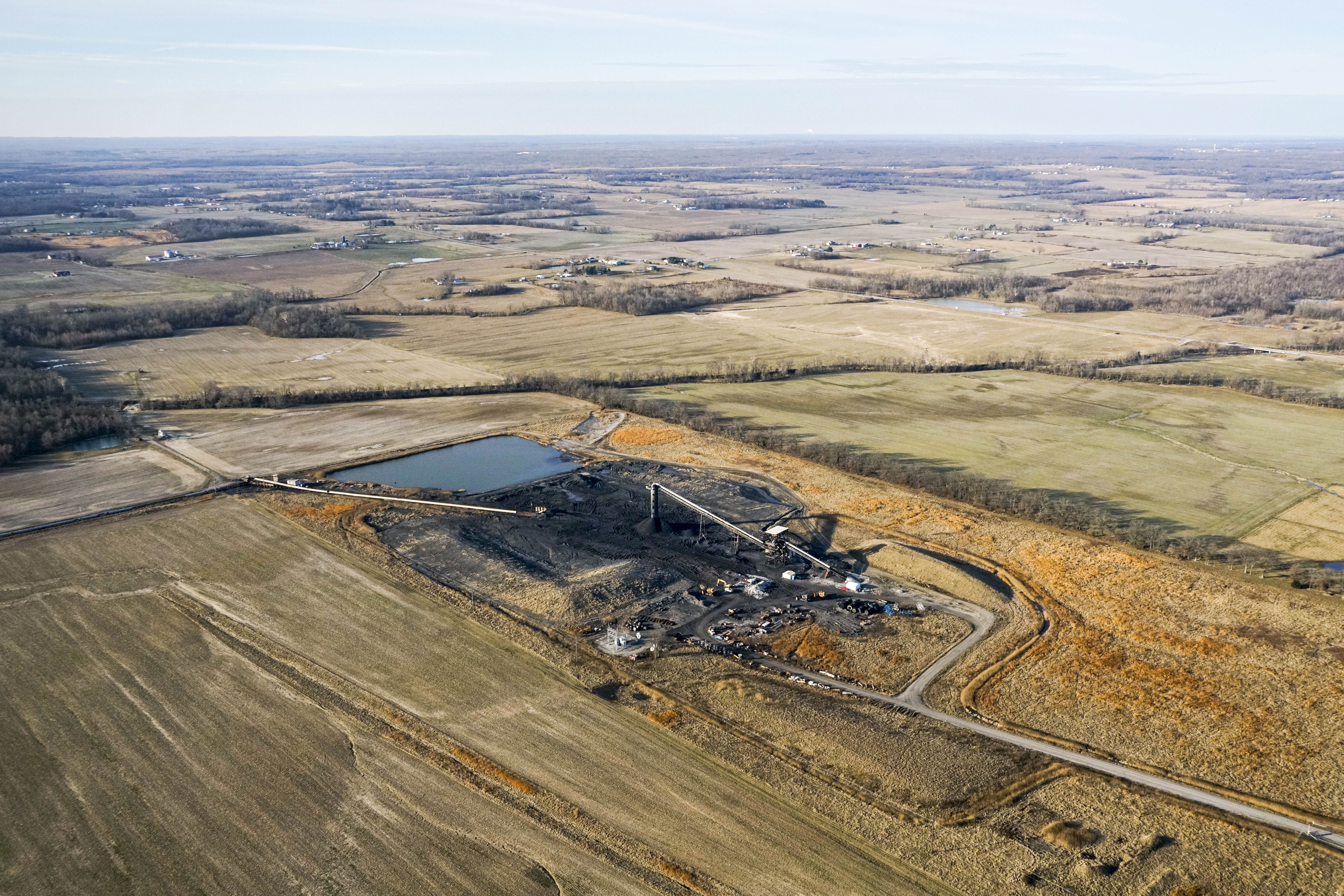
(Photo: Peter Van Agtmael/Magnum Photos)
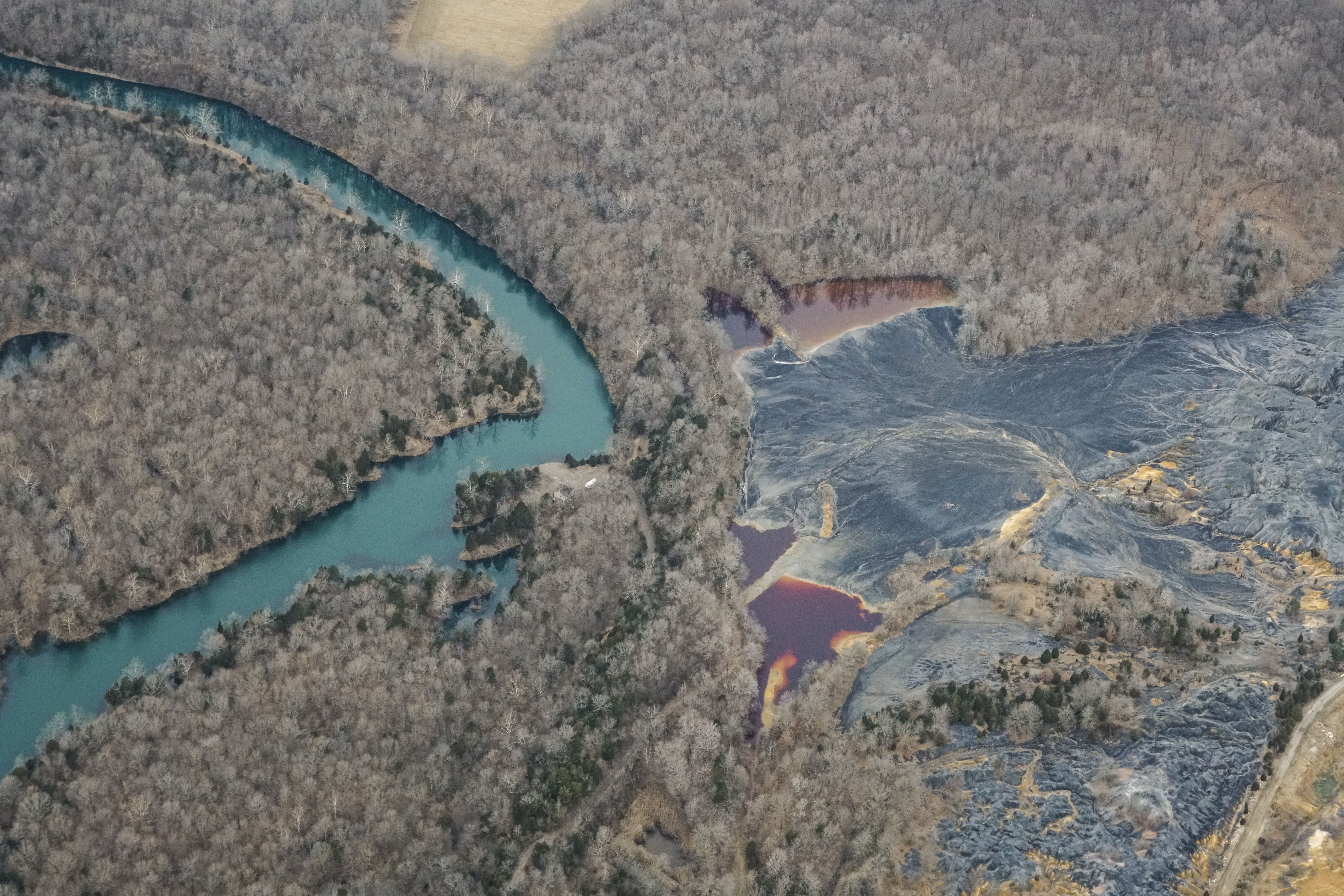
(Photo: Peter Van Agtmael/Magnum Photos)
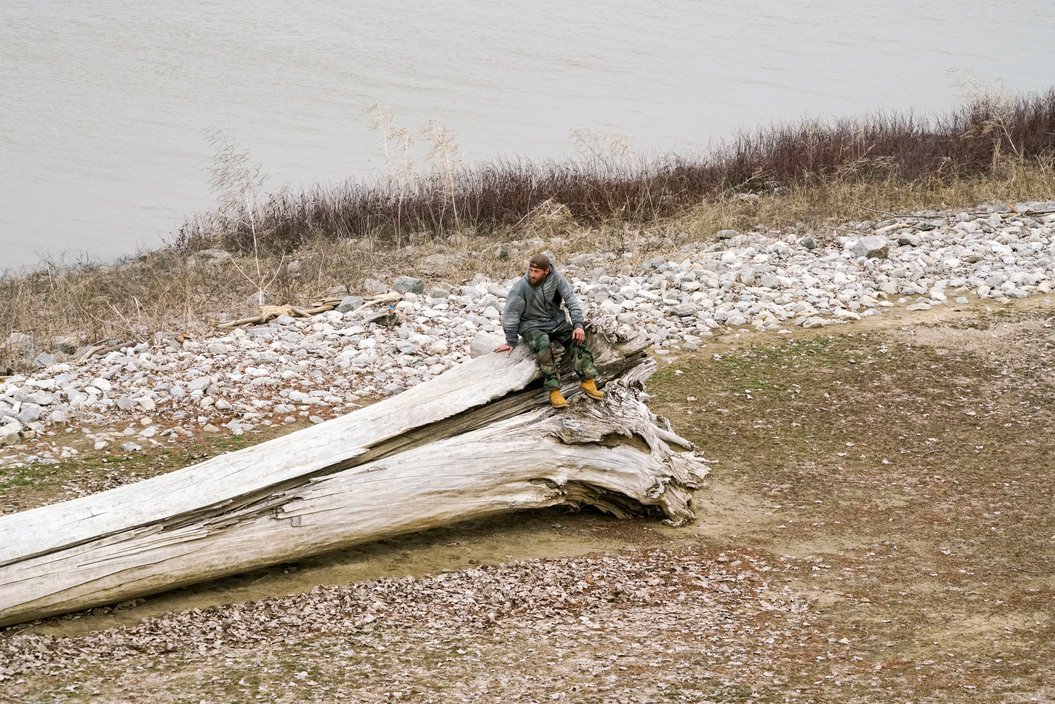
(Photo: Peter Van Agtmael/Magnum Photos)
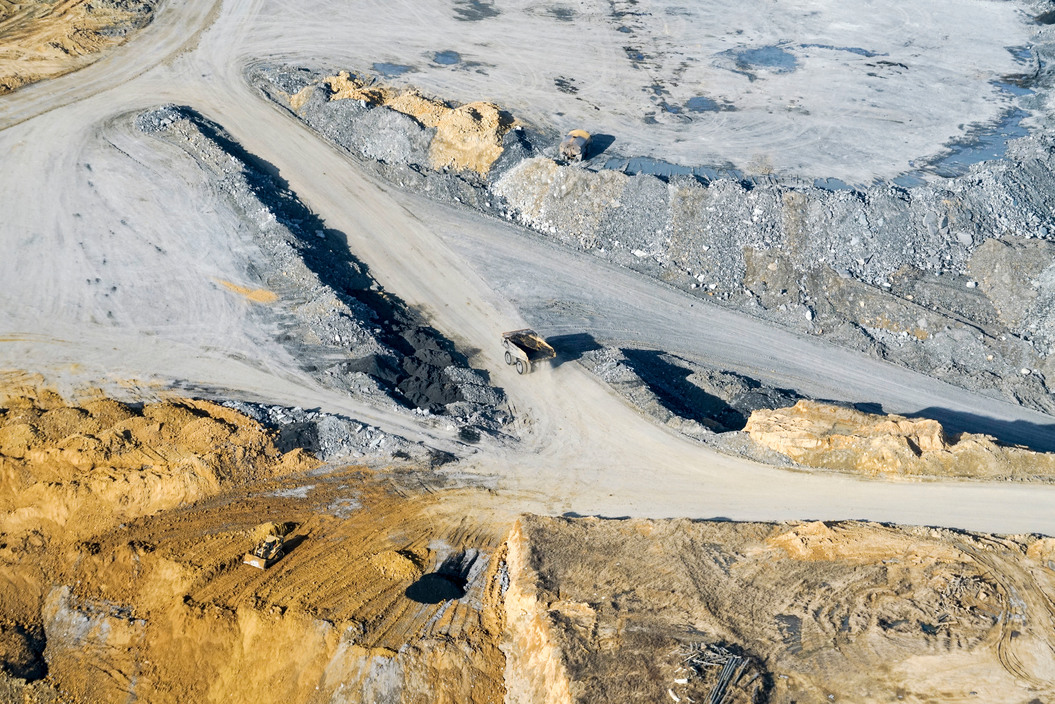
(Photo: Peter Van Agtmael/Magnum Photos)
A version of this story originally appeared in the July 2017 issue of Pacific Standard, which was produced in partnership with Magnum Photos.





